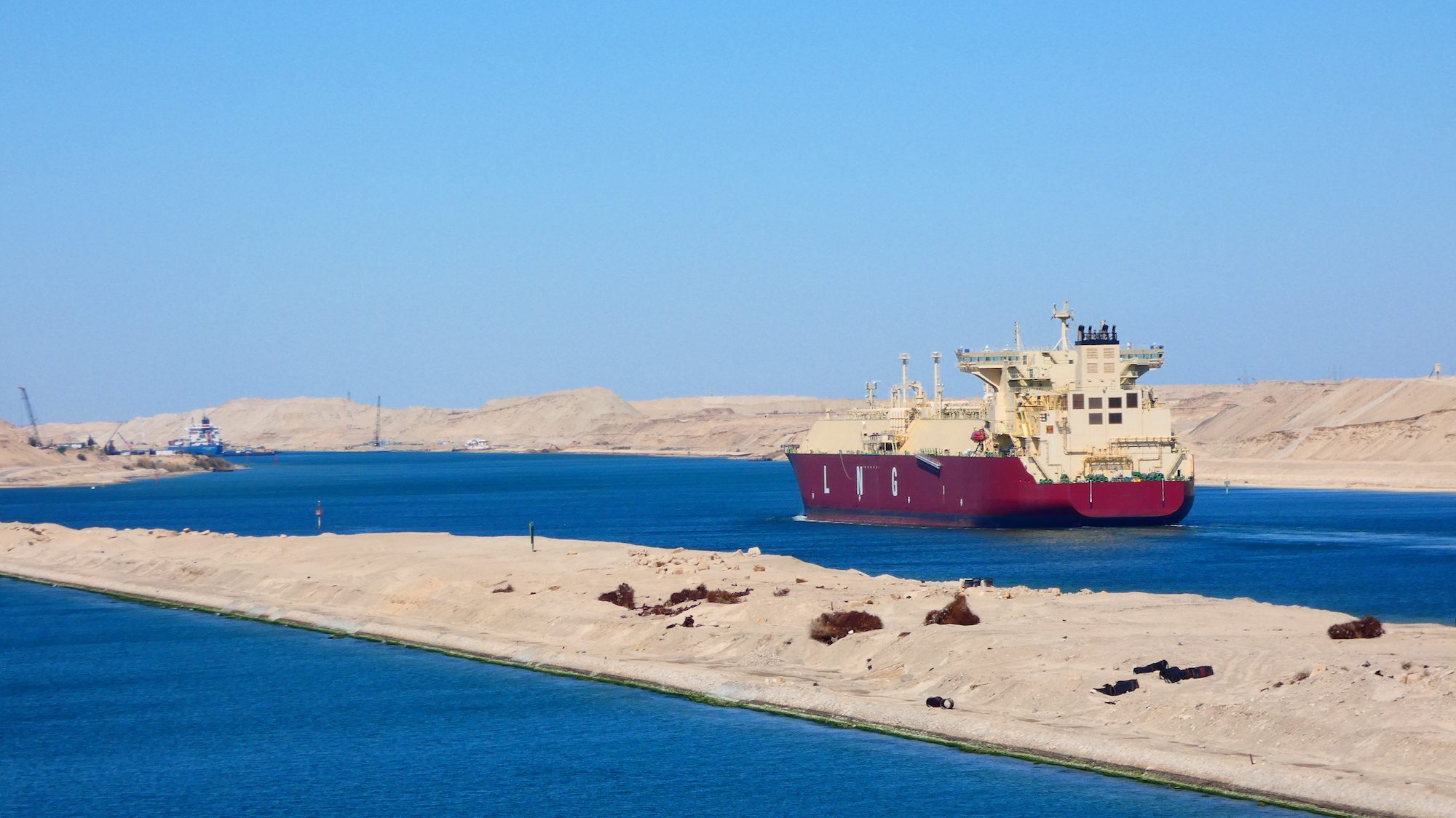Global oil markets are facing significant pressure as U.S. sanctions on Russia and Iran intensify, while extreme weather conditions across the Northern Hemisphere have pushed Brent crude futures to a four-month high of $81 per barrel in mid-January, according to the International Energy Agency’s (IEA) latest Oil Market Report.
The Biden Administration last week expanded sanctions to include over 160 tankers involved in carrying oil for Russia, Iran, and Venezuela, while also imposing restrictions on ship insurance providers. The measures target two major Russian oil producers, Gazprom Neft and Surgutneftegaz, though Russian oil purchased below price caps can still be transported on non-shadow tankers.
The report highlights that new U.S. Treasury sanctions are particularly impacting Iran’s shipping sector, affecting vessels that transported approximately 500 kb/d of Iranian crude in 2024 – nearly one-third of the country’s crude exports. The IEA notes that some operators have already begun withdrawing from Iranian and Russian oil trades.
Weather-related challenges are also affecting the market, with the IEA pointing to severe conditions across North America threatening production. The report references last winter’s Arctic cold snap that caused U.S. and Canadian oil production to drop by more than 1.8 mb/d. While a smaller seasonal decline is expected this year, Cushing crude inventories are at decade lows.
The IEA maintains an optimistic outlook on supply stability, forecasting that non-OPEC+ producers will add 1.5 mb/d of supply in both 2024 and 2025, led by the United States, Brazil, Guyana, Canada, and Argentina. The report also notes that OPEC+ members are prepared to increase production if needed by unwinding voluntary cuts.
According to the IEA’s projections, global oil demand will reach 104.7 mb/d in 2025, supported by growth of 940 kb/d in 2024 and 1.05 mb/d in 2025.

 Join The Club
Join The Club











